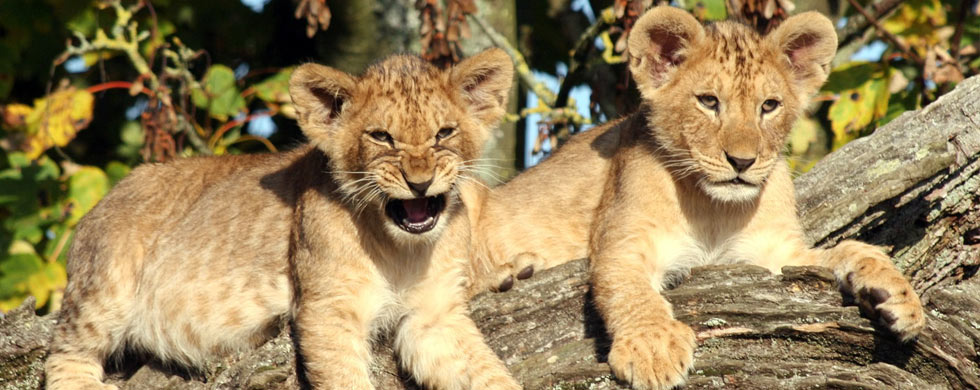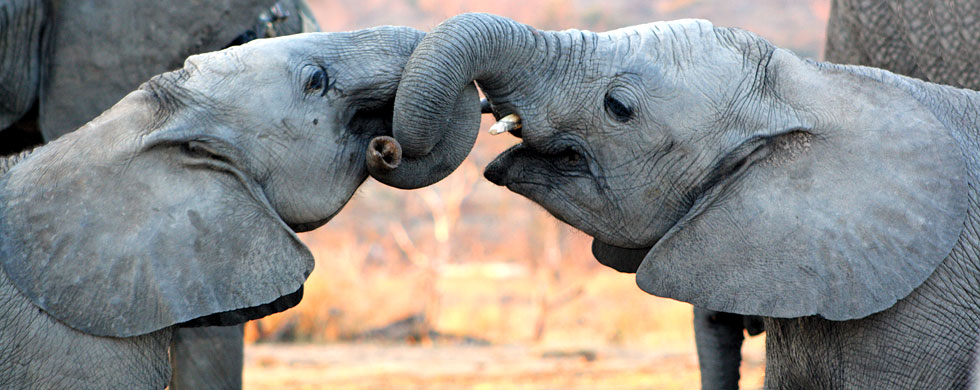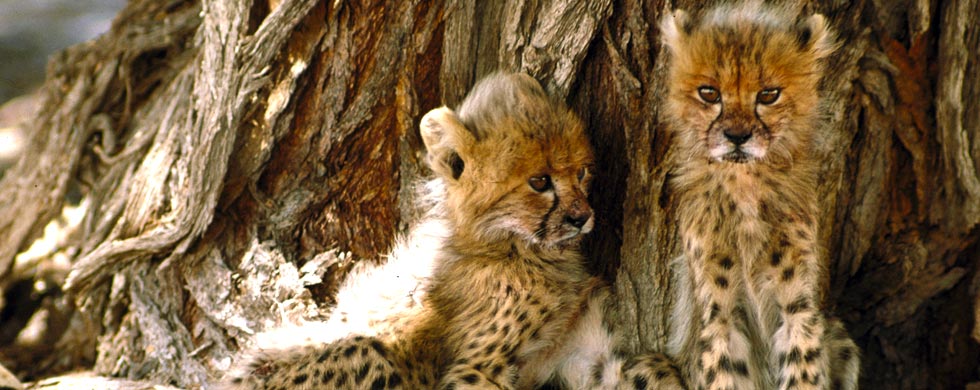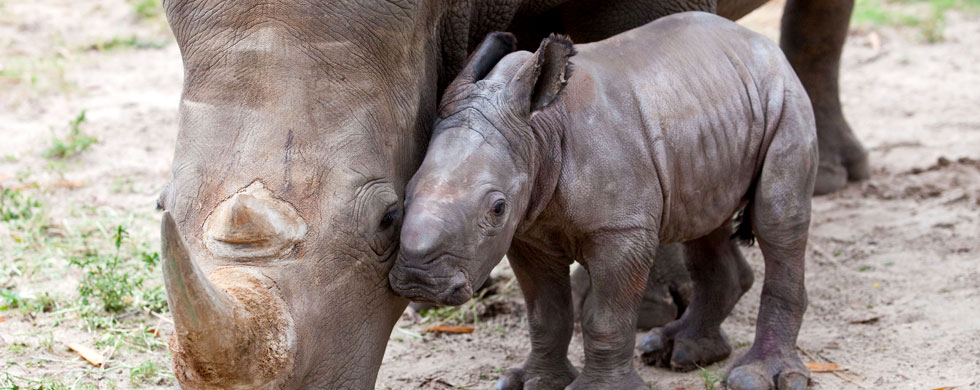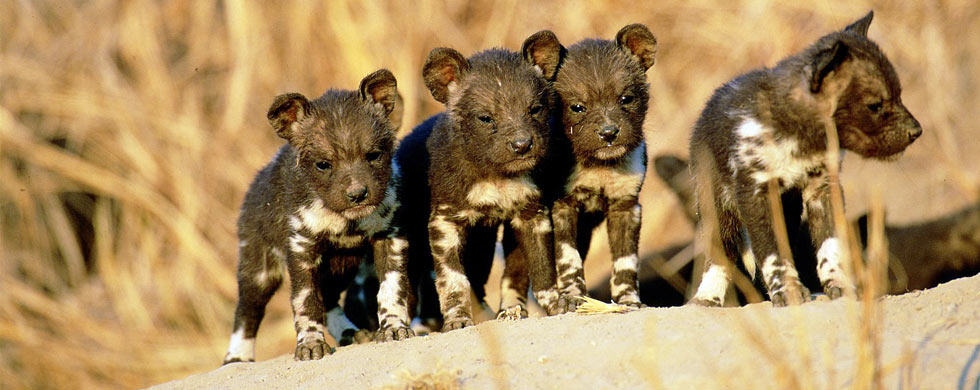Madikwe represents an extension to this philosophy in that it is run as a joint venture between the State, the private sector and local communities. The success of this approach has made Madikwe the role model for similar ventures being started up elsewhere in South Africa.
The reserve is divided into two main areas. The area north of the Molatedi Dam is fenced and stocked with all the historically indigenous wild animals including elephant, rhinoceros, lion, leopard and buffalo. As part of future developments for the park, the dam area will be fenced separately and stocked with smaller, non-dangerous animals - thus allowing free movement of tourists and maximum utilisation of the dam.
Even before Madikwe had been officially proclaimed, work had begun to clear the many derelict farm buildings and structures, the hundreds of kilometers of old fencing and the many alien plants. Some of the buildings were spared and now serve as Park offices and workshops, while various outposts have been built to house game scouts and other reserve staff.
Approximately 60 000 hectares of the reserve were enclosed in a perimeter fence, measuring 150 kilometers. This was later electrified to prevent the escape of elephants and the larger predators. Where possible, local business and labour have been used to demolish and clear unwanted structures, erect fences, construct roads and build dams and lodges. Several game lodges have already been built. Other lodges will be developed in the near future.

